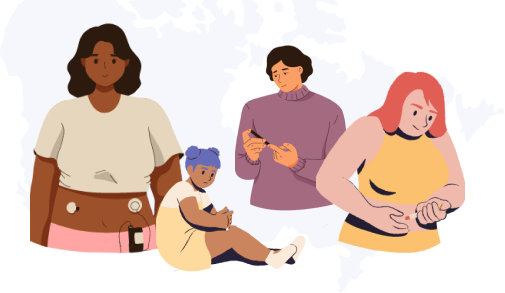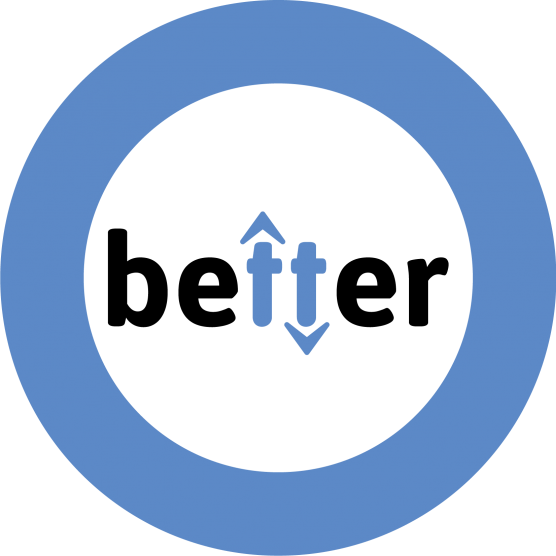Because all the work associated with this study has a real benefit for people like me who live with Type 1 diabetes (T1D). BETTER will conduct trials aimed at increasing our knowledge of how technology can be used to prevent hypoglycemic episodes and the treatment and reduction of those scary and tiresome episodes, that negatively impact our health; this is something I can really get behind.
You may be surprised to learn that a team of multi-disciplinary researchers also has a group of patient-partners at the core of this program. The inclusion of patients into research studies is relatively new and promotes a novel way of working where patients become co-builders of research, not just advocates. In the big picture, this is about helping to inform health policies that respond to patients’ true needs and ultimately improve the health care system.
Currently, BETTER is building a registry, the first of its kind in Quebec, which gathers information from people with T1D and keeps it securely in one place. This will give our researchers access to data on health behaviors and assist them in finding potential participants for their studies. What is my role in all of this? I am not a scientist, a doctor or a nutritionist. I am a community worker, a filmmaker, a woman with T1D. My lived experience as a person with T1D is highly valued within the world of patient-oriented research such as BETTER.
Concretely, among other tasks, I give my opinion on the general orientation of the project. When I began participating as a patient-partner in 2014, I wondered if this was merely an exercise, a box to check off in a grant application. However, over the years, I have seen through my work on several studies, that this is not even remotely the case. I am a valued member of the team.
The inclusion of the patient’s voice is relevant and we are actively engaged with priority setting. The most vivid example of this was during the development of the grant application for BETTER. Our core group of patients participated in a session with the multidisciplinary team as well as invited guests knowledgeable about different aspects of the program. When the discussion turned to finding the main focus of the work, for example, whether it would be on hypoglycemia, improving A1c, etc. there was a united majority voice in the room. Patients were concerned overwhelmingly with hypoglycemic episodes and clearly stated that this should be our priority. Before long, a new draft of the application arrived in my inbox which reflected this.
Since that important meeting, some of the tasks we have worked on include giving feedback to the BETTER participant questionnaire as it is being built, suggesting topics for videos for the BETTER website, participating in video testimonials, reviewing the BETTER logo, learning about and commenting on the progress of T-HYPO, one of the first BETTER trials.I love to imagine a week without a hypo: how great it would be not to wake up feeling wonky at 3 a.m., test my blood to discover a reading of 2.5 ↓; treat the low and go back to bed after my meter says 4.0 ↑. Wake up the next morning, tired with a headache, and figure out how to adjust for my now hyperglycemic reading of 15.0 →. Being involved with BETTER gives me hope that one day this will be the case… For all of us!
Have you filled out the BETTER questionnaire yet? If not, consider yourself invited.
Patricia Kearns- Patient partner
Participate in the BETTER registry!

First registry of people living with T1D in Canada.
Learn More



